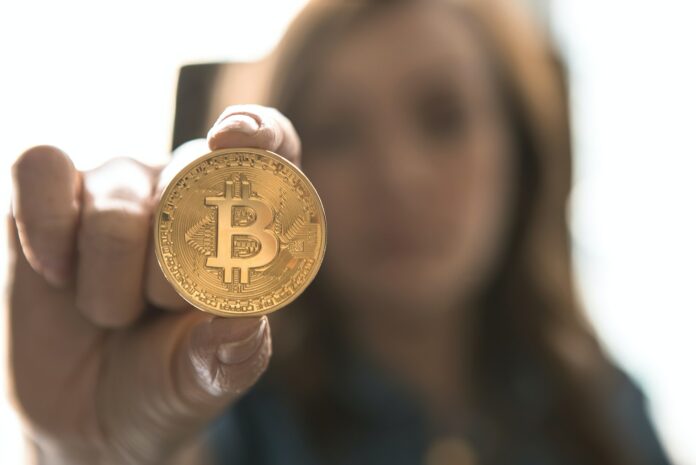Before we start, let’s clarify what a crypto coin promoter actually is. These people manage promotional campaigns for all new ICOs, which are startups looking to raise money by issuing their own coins. In return for promoting the ICO on social media like Twitter and Reddit, promoters generally receive a large number of coins during crowd sale periods (which typically last about a month). So you might call them “crypto bounty hunters” or “promoters” for crypto influence.
1. What does ‘crypto coin promotion’ mean?
Meaning “promoting” in this context means trying to get as many people as possible to invest in the ICO. This includes making statements or giving opinions about a new coin, e.g. saying it will increase in value; talking about the technology behind the coin; praising company employees, etc. This is a very different type of activity from ‘crypto trading’. Market trading (buying and selling) is based on ‘fundamental analysis’ – looking at news announcements, market statistics, etc – while promotion is based purely on hype and speculation.
2. How does a crypto coin promotion campaign work?
Usually the rewards for a promotional campaign are set in advance, and vary depending on how many people invest. For example, if you are promoting an ICO which sets its target at 10 BTC, you might get 5 BTC if it reaches this goal, 3 BTC if it reaches half of the goal, and 1 BTC if it doesn’t reach the minimum.
Campaigns generally last one month (though sometimes they can be shorter or longer), so promoters have to use all possible means to create hype in that time. Most of these campaigns involve social media and forums like bitcointalk.org, but there are many other platforms and ways. A promoter often uses multiple accounts on various websites and social media to increase his chances at reaching the goal; he might also make 3-4 different posts a day. Website list is here.
3. How much does it cost to promote ICOs?
The cost depends on how much money the campaign wants to raise, and which methods are used (paid advertisements vs paid promotion). The cost varies from token to token, but is usually between $1000-$1500 USD per hour – though it can be higher or lower depending on current supply rates and the quality of work offered by the promoter. [NOTE: A small fee has been added for this article at the beginning.]
4. What does a promoter actually do?
A promoter spends 90% of his time doing research related to the ICO, such as finding news about it on the web. He might also look up company founders, including their personal information and photos, and find any connections between the team members. A lot of work goes into researching the people behind the ICO and finding their motives for seo backlinks; promoters draw conclusions from this information, then promote them on social media and relevant discussion forums. 5% of a promoter’s time is spent promoting coins. For example, they might send messages out to their contacts on platforms like Facebook or Twitter, or post comments on popular websites like Investopedia or The Next Web.
5. Is it possible to make a fortune with such activities?
Promoting ICOs is a promising way to make money, but it’s very speculative in nature. You have to study new blockchain projects and try to find out everything you can about their creators before investing yourself; otherwise there’s no way of knowing if the company is legitimate or not. Furthermore, you only get paid if they reach their goal, so you might put a lot of work into promoting an ICO that ultimately fails.
6. Why are ICOs useful for investors?
They make it easier to invest in blockchain projects, because anyone can buy them (and trade them after the ICO is finished) instead of having to spend time learning about and evaluating new blockchain startups. The token price is usually a lot lower than the price of buying the same equity in a centralized business, so it’s more accessible for newcomers; this also reduces risk somewhat. However, I think it has to be said that this method is probably not going to be profitable unless you have inside information about the project or its founder.
7. How do crypto bounty programs work?
For ICOs that use a proof of stake system (like Bitcoin and Ethereum), the bounties are paid to people who get new coins by staking them in their own accounts. Growing your wallet’s deposit amount takes time, though unless they’re huge projects (which can happen) it can be done in a few minutes. For these types of ICOs, there is no limit on how much tokens can be staked; any amount is acceptable. However, many ICOs don’t use proof of stake at all, but still have some type of bounty program that pays for promotional activities. Activities are split into social media, translation, bug finding, etc. Each type of activity is worth a certain amount of points; these points can be converted into bounty tokens and later sold.
8. What are the best websites for researching ICOs?
The two most popular sites are Tokensale and Tokenmarket.net, although there are many others now as well. Another very useful site is icorating (which doesn’t have a lot of ads like the others). The tokensale website has a list of upcoming ICOs and other related projects; it also has its own page where new projects can be submitted for public viewing . Tokenmarket also provides news and reviews linked from its home page .




















